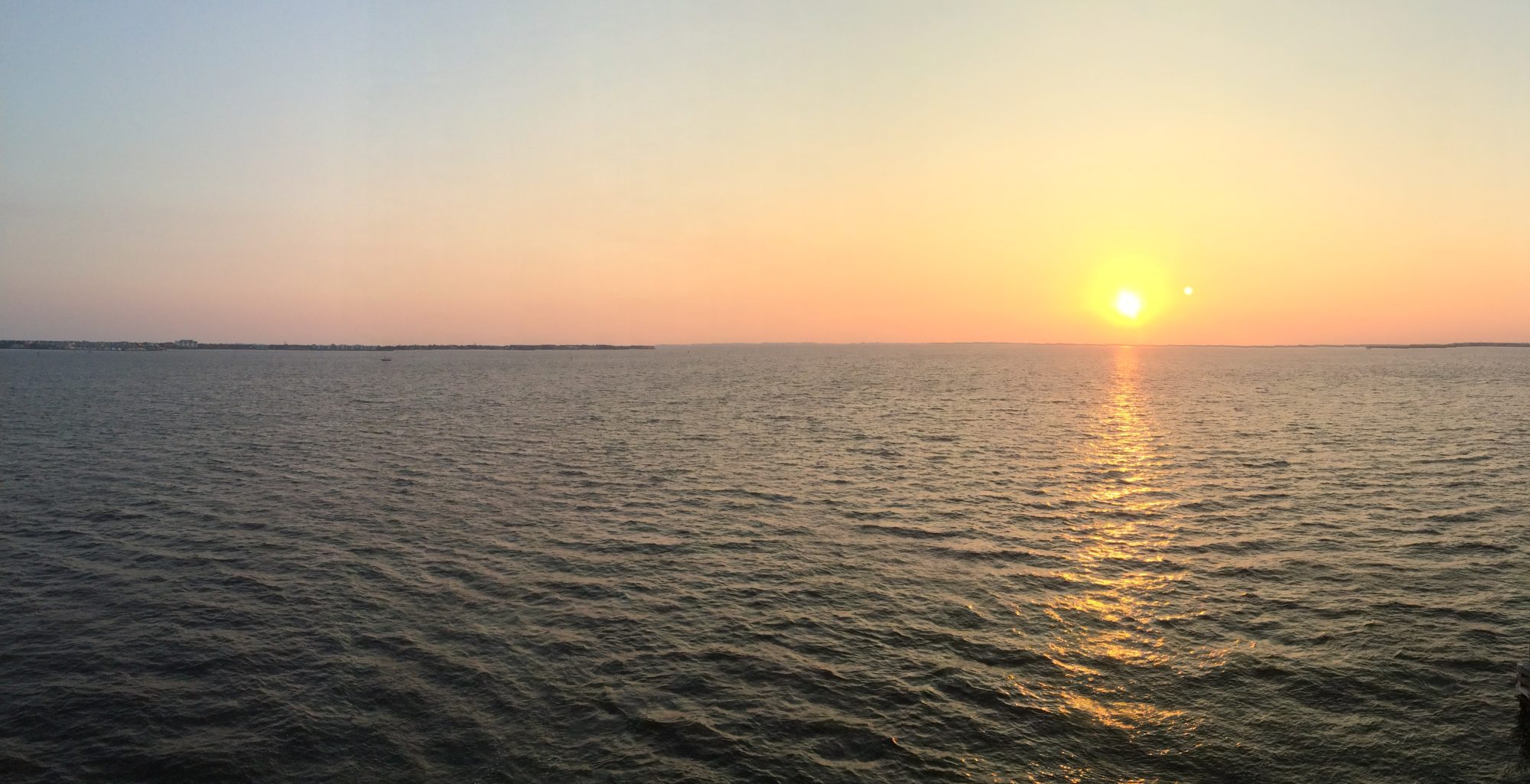Gilbert Ray CG
After fiddling about all morning, we set off to Saguaro NP, the south boundary of which is only a little more than two miles north of our campground. Another two miles into the park we turned onto the 5 mile Bajada Scenic Loop Drive, a dirt road that reminded me of a toboggan run. It was down about two feet below the grade of the desert with berms of earth on each side. My thought is this was done to impede foolish people from driving off road and ruining the pristine landscape. Most of the road was two way and a small amount just one way; there wasn’t much traffic so we cruised around slowly in first gear enjoying the amazing cacti. I’d pull over to let speedsters go by.
We witnessed a forest of saguaros, hard to replicate in two dimensions on an iPhone. Like snowflakes, there are no two identical. And, it was fun to point out the many unique specimens, some having two buds on the tip of its arm looking like an hand, for instance, or noticing their human like characteristics. This was no monoculture, growing everywhere were cacti of all different types. In a few weeks, the budding colors will light up all of them.
The biggest saguaro specimens are 50’ tall, weighing 8 tons, reaching 175-200 years old. They grow very slowly, reaching seven feet around age 50. Until about 75, they are known as a “spear” before sprouting the first arm. At about 30 years, they begin to flower and fruit, producing “tens of thousands of seeds” each year; 40 million over a lifetime! Creation promotes fecundity; it wants to ensure life goes on.
“The saguaro is like a multi-storied apartment complex-many animals live in close quarters and occupants change constantly…the holes made by birds are 20F cooler in the summer and 20F warmer in the winter than the outdoor” ambient temperature.
Penny and I wanted to get out on a trail for some exercise and fresh air; we chose the Signal Hill because it features ancient petroglyphs. It was an easy hike, including the rock staircase built in the 1930s by the CCC. The artistry was primitive, but we felt honored to witness art from some native boy(s) on a vision quest some 1,000 years ago. (I am hypothesizing!) Even more, the fact it had not been vandalized is a miracle!
Next, we stopped the Visitor’s Center to watch a wonderful movie on the native understanding of the desert. It boiled down to their respect for all of the gifts it provided the tribe in the form of plant and animal food. And, the fact that their ancestors had been put under that ground, made all of it sacred. Then, we heard a presentation on the desert cuckoo, aka, roadrunner, the fast running cartoon character of our youth. Very informative!









